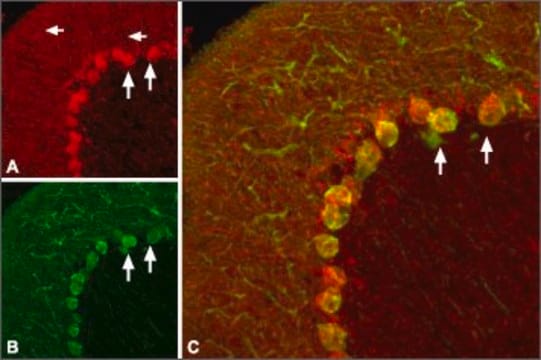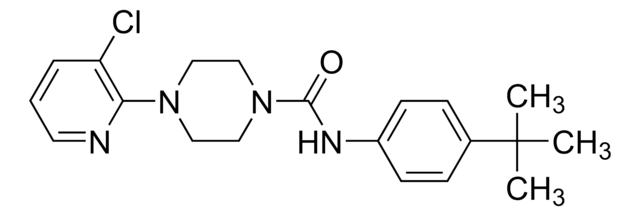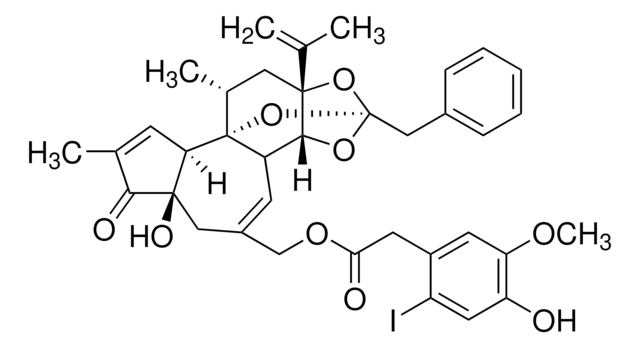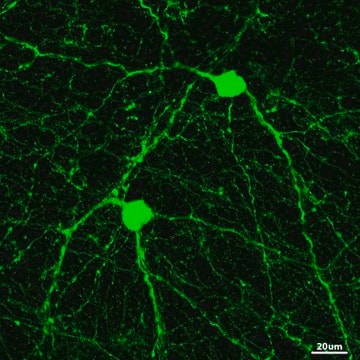C191
Capsazepine
≥98% (HPLC), solid, TRPV1 antagonist
Sinônimo(s):
N-[2-(4-Chlorophenyl)ethyl]-1,3,4,5-tetrahydro-7,8-dihydroxy-2H-2-benzazepine-2-carbothioamide
About This Item
Produtos recomendados
product name
Capsazepine, ≥98% (HPLC), solid
Nível de qualidade
Ensaio
≥98% (HPLC)
forma
solid
cor
off-white
solubilidade
DMSO: >10 mg/mL, clear
temperatura de armazenamento
2-8°C
cadeia de caracteres SMILES
Oc1cc2CCCN(Cc2cc1O)C(=S)NCCc3ccc(Cl)cc3
InChI
1S/C19H21ClN2O2S/c20-16-5-3-13(4-6-16)7-8-21-19(25)22-9-1-2-14-10-17(23)18(24)11-15(14)12-22/h3-6,10-11,23-24H,1-2,7-9,12H2,(H,21,25)
chave InChI
DRCMAZOSEIMCHM-UHFFFAOYSA-N
Informações sobre genes
human ... TRPV1(7442) , TRPV4(59341)
rat ... Trpv1(83810)
Procurando produtos similares? Visita Guia de comparação de produtos
Aplicação
- to study its effect on capsaicin induced extracellular signal-regulated kinase (ERK) phosphorylation
- to study the role of TRPV1 in central terminals on nociception in rats
- for functional characterization of the TRPV1 in bull spermatozoa
Ações bioquímicas/fisiológicas
Código de classe de armazenamento
11 - Combustible Solids
Classe de risco de água (WGK)
WGK 3
Ponto de fulgor (°F)
Not applicable
Ponto de fulgor (°C)
Not applicable
Equipamento de proteção individual
Eyeshields, Gloves, type N95 (US)
Certificados de análise (COA)
Busque Certificados de análise (COA) digitando o Número do Lote do produto. Os números de lote e remessa podem ser encontrados no rótulo de um produto após a palavra “Lot” ou “Batch”.
Já possui este produto?
Encontre a documentação dos produtos que você adquiriu recentemente na biblioteca de documentos.
Os clientes também visualizaram
Nossa equipe de cientistas tem experiência em todas as áreas de pesquisa, incluindo Life Sciences, ciência de materiais, síntese química, cromatografia, química analítica e muitas outras.
Entre em contato com a assistência técnica










